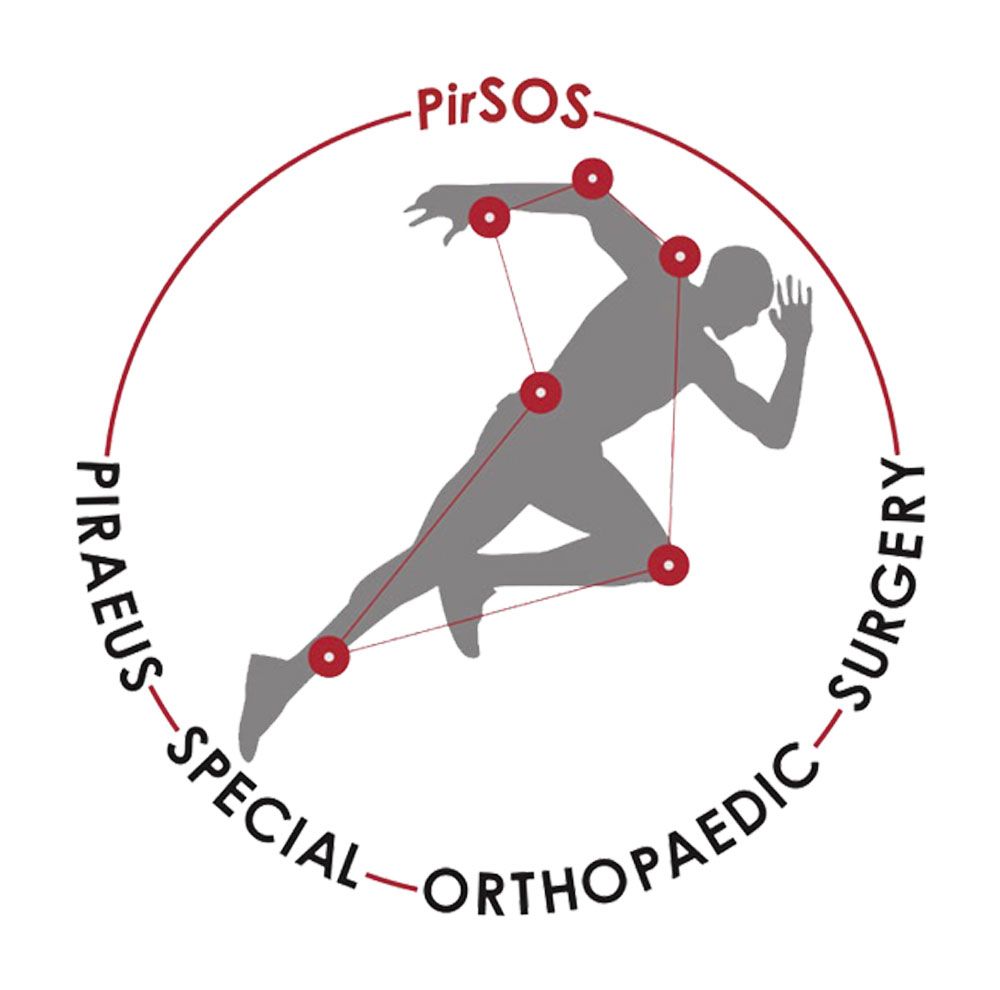Ulnar Collateral Ligament Thumb Injury
Etiology
Sports injuries: fall with thumb in abduction/hyperextension (e.g., skiing, basketball, handball).
Daily accidents: sudden pulling or bending of the thumb.
Chronic stress: in athletes with repetitive stress on the first metacarpophalangeal (MCP) joint (e.g., gamekeeper's thumb).
Clinical Presentation
Pain on the medial (ulnar) surface of the metacarpophalangeal joint of the thumb.
Swelling and bruising in the area.
Inability to grip or grasp objects.
MCP joint instability on rotational testing.
Diagnosis
Clinical examination: Valgus stress test: assessment of MCP joint instability at 0° and 30° flexion.
Angle increase >30° or difference >15° compared to healthy side → suspicious for complete rupture.
Imaging: X-ray: exclusion of proximal phalanx base fracture.
MRI: gold standard for confirming UCL rupture and detecting Stener lesion (ligament displacement above adductor aponeurosis).
Ultrasound: dynamic imaging, useful in experienced hands.
Treatment
Conservative (partial rupture)
Immobilization with thumb splint/cast for 4–6 weeks.
Early mobilization after splint removal.
Physical therapy: restoration of mobility and strengthening.
Surgical (complete rupture or Stener lesion)
Direct suture or ligament reconstruction.
In chronic injuries: reconstruction with tendon graft (e.g., palmaris longus).
Post-operative: immobilization for 4–6 weeks, gradual rehabilitation.
Prognosis
With proper treatment → complete functional recovery in most cases.
Without treatment → chronic instability, grip weakness, early MCP joint arthritis.




